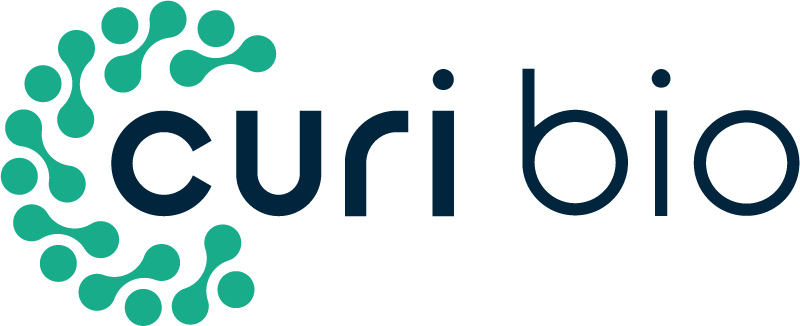Synergistically Enhanced Osteogenic Differentiation of Human Mesenchymal Stem Cells by Culture on Nanostructured Surfaces with Induction Media
You MH, Kwak MK, Kim DH, Kim K, Levchenko A, Kim DY (1), Suh KY (1) – (1) Seoul National University
Abstract: We have examined the effects of surface nanotopography on in vitro osteogenesis of human mesenchymal stem cells (hMSCs). UV-assisted capillary force lithography was employed to fabricate a scalable (4x5 cm), well-defined nanostructured substrate of a UV curable polyurethane polymer with dots (150, 400, 600 nm diameter) and lines (150, 400, 600 nm width). The influence of osteogenic differentiation of hMSCs was characterized at day 8 by alkaline phosphatase (ALP) assay, RT-PCR, and real-time PCR analysis. We found that hMSCs cultured on the nanostructured surfaces in osteogenic induction media showed significantly higher ALP activity compared to unpatterned PUA surface (control group). In particular, the hMSCs on the 400 nm dot pattern showed the highest level of ALP activity. Further investigation with real-time quantitative RT-PCR analysis demonstrated significantly higher expression of core binding factor 1 (Cbfa1), osteopontin (OP), and osteocalcin (OC) levels in hMSCs cultured on the 400 nm dot pattern in osteogenic induction media. These findings suggest that surface nanotopography can enhance osteogenic differentiation synergistically with biochemical induction substance.
Keywords:
Materials & Methods: A small amount (∼0.1 – 0.5 mL) of a UV curable PUA prepolymer was drop-dispensed on silicon master having positive patterns (features sticking out) and a supporting poly(ethylene terephthalate) (PET) film was carefully placed on top of the surface to make conformal contact. The PET film used in this study was surface modified with urethane groups to increase adhesion to the acrylate-containing monomer (Minuta Tech., Korea). The silicon masters had been prepared by photolithography or electron-beam lithography. To cure, the resin was exposed to UV (wavelength: 250 ∼ 400 nm) for 17 s at an intensity of 100 mW/cm2, and the cured 1st replica was peeled off from the master using a sharp tweezer. The 1st replica was additionally exposed to UV overnight to remove any uncured active groups on the surface. The 2nd replica was prepared by using a capillary molding process on glass coverslips with the over-cured 1st PUA as a mold, resulting in the same pattern as the silicon master. After curing, the 1st replica was removed from the surface using a sharp tweezers. The fabricated PUA nanopatterns were sterilized by rinsing with IPA (isopropyl alcohol) and D.I. water, and coated with 0.1 % gelatin for 1 hr at room temperature prior to cell culture. A schematic diagram of the fabrication procedure is illustrated in Figure 1 along with the self-replication characteristic of the PUA material.
Microscopic Technique: Atomic Force Microscopy
Cell Type(s): Human Mesenchymal Stem Cells (hMSCs)
